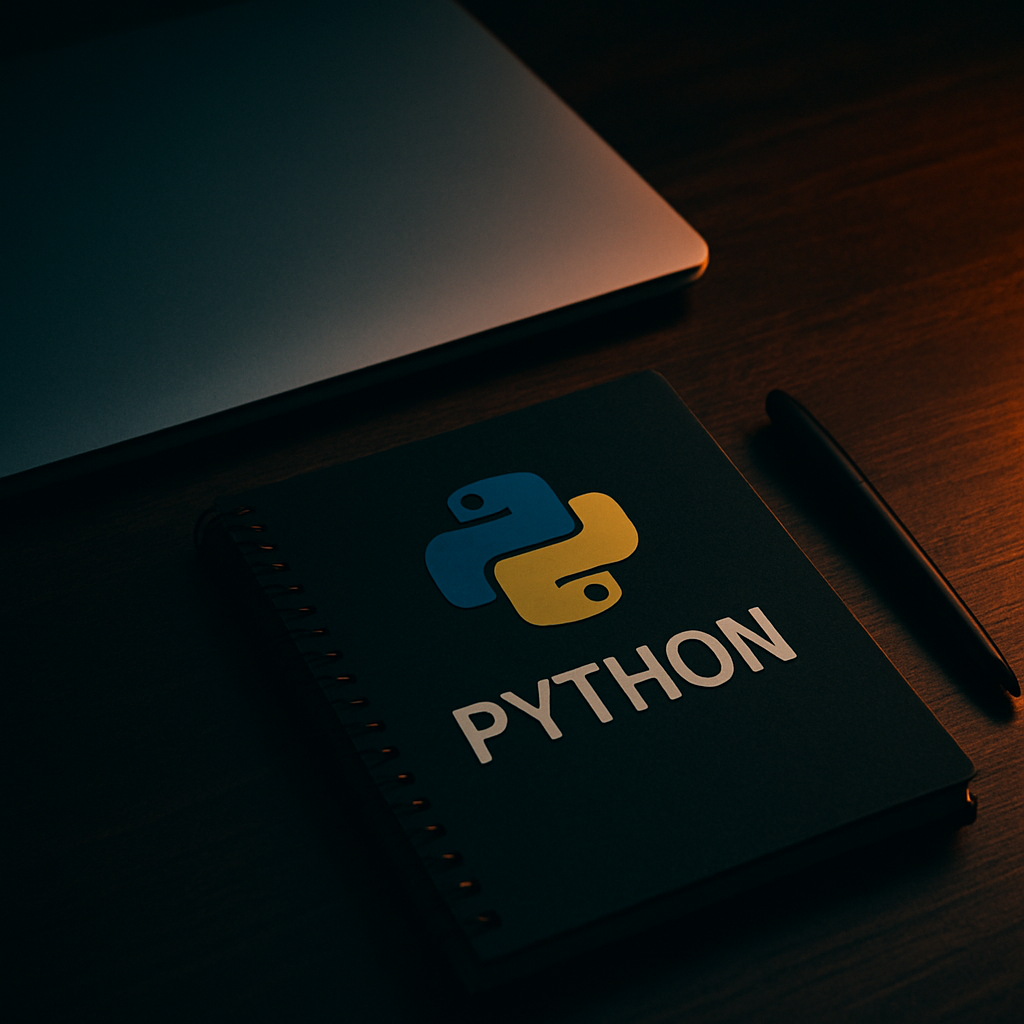Unlock the Power of Python Dictionaries: Master Key-Value Pairs for Dynamic Coding!
Python dictionaries are a versatile and dynamic way to store data in key-value pairs, enabling efficient and flexible coding solutions.
Understanding Python Dictionaries
In the world of Python programming, dictionaries are often likened to a flexible toolkit, where each tool is accessible by a unique name. Much like an actual toolkit, where each item has its own spot, a dictionary in Python uses key-value pairs to store and retrieve items efficiently. This structure not only keeps your data organized but also offers the flexibility to change and manage it dynamically, making dictionaries an essential pillar of coding in Python.
A Python dictionary is essentially an unordered collection of items, where each item is composed of a key and its corresponding value. The key acts as a unique identifier, allowing you to access the value associated with it. This makes dictionaries especially useful in scenarios where the fast retrieval of data is required, providing an efficient way to handle large datasets.
Why Use Python Dictionaries?
Python dictionaries offer several advantages that make them a popular choice among programmers. Here are a few reasons why you might consider using them in your next project:
- Flexibility: You can easily add, remove, and modify key-value pairs in a dictionary without fixed order constraints, giving you the power to adapt your data structure as needed.
- Efficiency: Lookup operations in dictionaries are extremely fast due to the underlying data structure (hash tables), which optimizes the retrieval process.
- Dynamic Storage: Dictionaries are ideal for storing dynamic data since they can accommodate various data types as both keys and values, offering versatile data handling.
Getting Started with Python Dictionaries
Creating a dictionary in Python is remarkably straightforward. You can initialize a dictionary using curly braces or the built-in dict() function. Once created, you can begin populating your dictionary with key-value pairs. Here’s a basic example to demonstrate this:
my_dictionary = {
'name': 'John Doe',
'age': 32,
'occupation': 'Developer'
}In this example, 'name', 'age', and 'occupation' are keys, with their corresponding values being 'John Doe', 32, and 'Developer', respectively. You can access the value associated with a key by using the square bracket syntax, for instance, my_dictionary['name'] would return 'John Doe'.
Enhancing Your Coding Skills with Dictionaries
Mastering Python dictionaries can transform the way you approach problem-solving in your coding journey. As you advance, consider experimenting with nested dictionaries and combining dictionaries with other data structures like lists for even more complex data manipulation. Python’s versatility and the adaptability of dictionaries are keys to efficient, clean, and powerful code organization. As you grow more confident, the potential applications are virtually limitless, from setting up intricate databases to creating dynamic applications.
Whether you’re just beginning with Python or looking to refine your coding toolkit, unlocking the power of dictionaries can be your gateway to dynamic and efficient programming. So, roll up your sleeves and dive into Python’s world of key-value pairs, and watch your coding skills soar!
Ready to take your coding to the next level? Start experimenting with Python dictionaries in your projects today and unleash the full potential of dynamic data handling!

Leave a Reply